DESIGN FOR A VULNERABLE PLANET

ROGER FULLINGTON SERIES IN ARCHITECTURE

DESIGN FOR A VULNERABLE PLANET
FREDERICK STEINER
University of Texas Press
Austin
Publication of this book was made possible in part by support from Roger Fullington and a challenge grant from the National Endowment for the Humanities.
Copyright 2011 by the University of Texas Press
All rights reserved
Printed in the United States of America
First edition, 2011
Requests for permission to reproduce material from this work should be sent to:
Permissions
University of Texas Press
P.O. Box 7819
Austin, TX 78713-7819
www.utexas.edu/utpress/about/bpermission.html
 The paper used in this book meets the minimum requirements of ansi/niso z39.48-1992 (r1997) (Permanence of Paper).
The paper used in this book meets the minimum requirements of ansi/niso z39.48-1992 (r1997) (Permanence of Paper).
LIBRARY OF CONGRESS CATALOGING-IN-PUBLICATION DATA
Steiner, Frederick R.
Design for a vulnerable planet / Frederick Steiner. 1st ed.
p. cm. (Roger Fullington series in architecture)
Includes bibliographical references and index.
ISBN 978-0-292-72385-6 (cloth : alk. paper)
1. Architecture Environmental aspects. I. Title.
NA2542.35.s83 2011
720'.47dc22
2010047371
ISBN 978-0-292-73489-0 (E-book)
TO MY UNIVERSITY OF TEXAS COLLEAGUES
WHO MAKE EACH DAY IN AUSTIN AN INSPIRATION
PREFACE
S ince 2001, I have served as dean at a leading school of architecture and, as a result, engaged in the front line of creating the next generation of architects, planners, landscape architects, interior designers, architectural historians, urban designers, and historic preservationists.
During that time, sustainability and environmentally conscious design have migrated from the fringe to the mainstream. Following the lead of other nations, we Americans are finally becoming more serious about sustainable developmentthat is, economic progress that meets all our needs without leaving future generations with fewer resourcesa way of living from natures income rather than mining its capital accounts. Meanwhile, 9/11, the 2005 Asian tsunami, the 2010 earthquake in Haiti, and Hurricane Katrina provide graphic displays of the vulnerability of our species. As a result, we witness growing interest in re topics like restoration, resilience, and regeneration as important concepts for design and planning.
Another re word, reflection, offers a method to probe these ideas. Reflective practice presents a useful, logical framework to advance the design and planning disciplines. One undertakes a project and then contemplates its meaning, successes and failures, and lessons learned. Reflections are personal, as is this book. As a result, some personal information helps set the stage. I am an accidental academic, entering landscape planning through practice. At the beginning of my teaching life in 1977, I soon realized that the university presented an opportunity to work on projects of my own choosing, thus enabling me to become an academic practitioner.
My academic journey began in the Pacific Northwest, where I moved after receiving a Master of Regional Planning from Ian McHargs landscape architecture department at the University of Pennsylvania. In Washington State and Idaho, I became involved in projects relating to farmland protection, soil conservation, and growth management at all levels of government. When I returned to Philadelphia to pursue a Ph.D., the National Park Service provided the opportunity to work on a pioneering heritage conservation plan for the Blackstone River corridor between Providence, Rhode Island, and Worcester, Massachusetts. Our plan advanced the greenline approach involving local-state-federal government partnerships with private and nonprofit organizations. Our efforts led to the restoration of the river corridor and contributed to the renaissance of Providence. I witnessed the power of the federal government to stimulate local and state conservation through incentives and an inspirational regional vision for the future.
While on the University of Colorado faculty, I focused on growth management at the city and county levels. Later, Arizona State University opened wide-ranging possibilities for me, including projects at the watershed scale, explorations into sustainability, work in Mexico, and opportunities to design landfill sites and botanical gardens. I also helped launch one of the first National Science Foundation Long-Term Ecological Research studies devoted to an urban region. The work in Arizona, Colorado, and Mexico involved large, complex landscapes. I was able to apply principles from landscape ecology to illustrate the value of concepts like corridor, matrix, and node to balance preservation and development interests.
Extended visits to The Netherlands, Italy, and China introduced me to how other cultures design and plan. I lived in The Netherlands as a Fulbright research scholar, in Italy as a Rome Prize fellow, and in China as a visiting professor. These experiences abroad led to friendships and collaborations that enabled me to better understand how architecture and city planning are practiced in other nations. In addition, my work in Europe and Asia revealed a common concern within many societies about the future of the built and natural environments. Throughout this time, I wrote and published about these adventures, including my early experiences in new community planning that inspired me to pursue this line of work in the first place.
In this book, I reflect on changes in the field and future directions of design and planning practice and education. I have been influenced by my first ten years as dean of the School of Architecture at the University of Texas at Austin, where I became something beyond my wildest expectations, a Texan. The second largest state in size and population, Texas is becoming something beyond its wildest expectations, too. In spite of its cowboy ethos, Texas is an urban state where whites compose less than half the population. Its size contributes to its diversity: El Paso is geographically closer to San Diego than to Houston. Although Fort Worth and Dallas occupy the same metropolitan region, their cultures contrast and sometimes clash. While their state grows, Texans, like many other Americans, have been slow to embrace planning and have imported their skylines with architects from New York, Chicago, and Los Angeles.
Living in a big, politically conservative state, I sometimes reflect upon my time in The Netherlands, a tiny, progressive nation. The Dutch culture thrives through planning at all levels and a strong, homegrown design tradition with many international ties. They have about as many terms for planning as the Inuit have for snow. In addition to being successful in agriculture in a small, largely human-made landscape, the Dutch are capable capitalists who enjoy a high standard of living. They are also not satisfied with the status quo and are currently remaking their coastlines and river corridors to adapt to climate change.
The perception of my job as a dean varies from the vantage of the various constituencies I serve. My faculty colleagues often seem to view me as an atm machine. Although my president and provost expect academic leadership, they also expect me to raise large amounts of money. Each week, someone from the public creates an idea that would make the perfect student studio project (for free). The alumni want their alma mater to be a top school (and many would like their children to follow in their footsteps). The students would like to have bright, reasonably entertaining teachers, whose classes begin after 10 a.m.
Next page
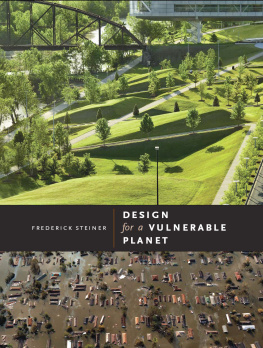
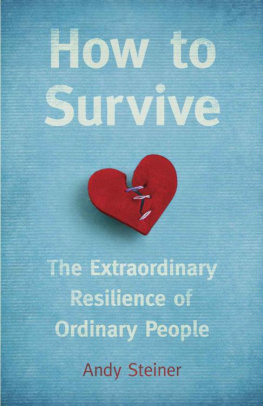
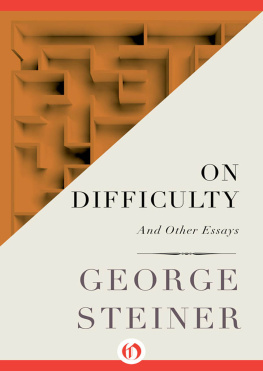
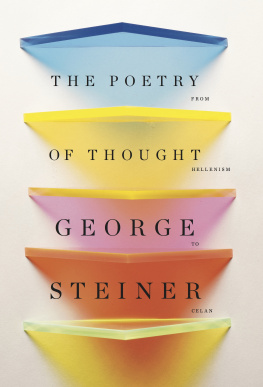



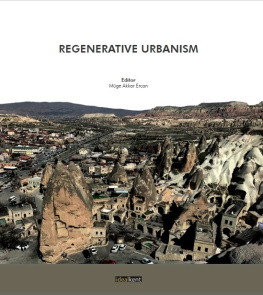
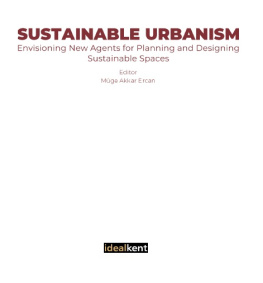

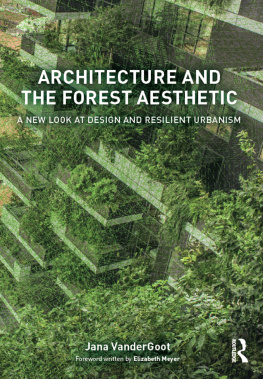
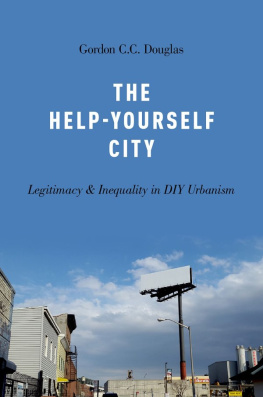
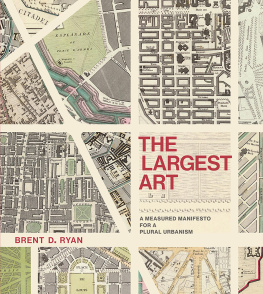


 The paper used in this book meets the minimum requirements of ansi/niso z39.48-1992 (r1997) (Permanence of Paper).
The paper used in this book meets the minimum requirements of ansi/niso z39.48-1992 (r1997) (Permanence of Paper).